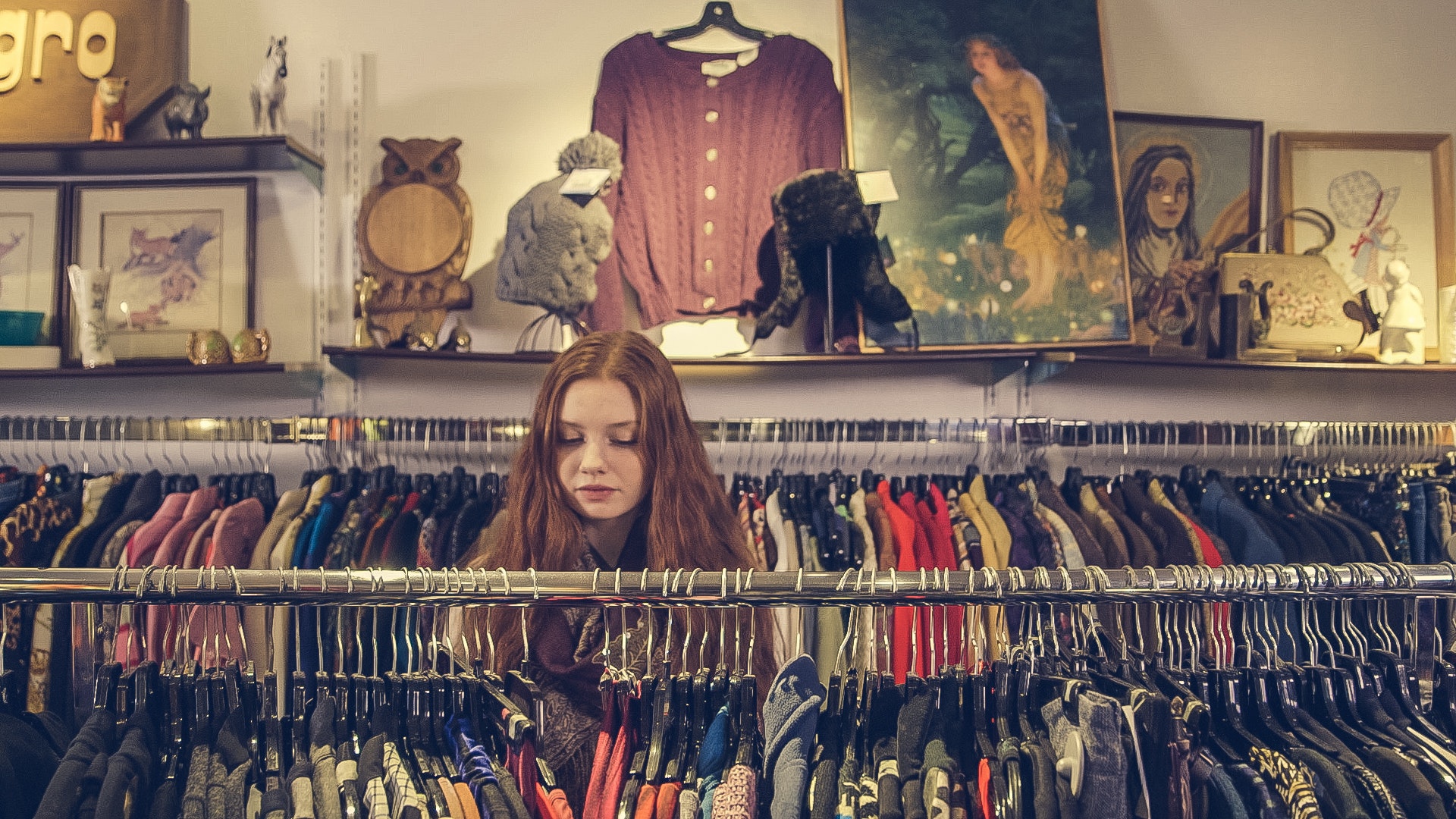The fashion industry is attempting to act more responsibly for the benefit of the world and future generations, as customers increasingly reject “fast fashion,” preferring quality over quantity, and making eco-friendly choices.
As shown in a 2020 report by the World Fashion Agenda and management consultants McKinsey, the industry’s greenhouse gas emissions — which currently reach up to 10% of total global emissions — are on course to increase by a third, to a dramatic 2.7 billion tonnes per year, by 2030.
Greenhouse gas emissions from the fashion industry to rise to nearly 2.7 billion tons each year by 2030 if no further action is taken over the next decade according to a McKinsey & Company study. pic.twitter.com/R5zkW86fJ4
— Fashion Makes Change (@fashionmakeschg) April 26, 2022
Even though environmental goals have been thrown around a lot lately, companies must now act quickly to keep their promises to reduce carbon emissions in place.
For Maxine Bédat, executive director of the New Standard Institute think-tank, “This year’s focus is on what those corporations are actually doing. There must be transparency and responsibility from brands in order for this to work.”
Upcycling fashion trends that dominated the SS21 runways and the creation of revolutionary new materials and technologies are ready to hit the market in the next year. As Céline Semaan of the Slow Factory Foundation explains, it’s all about “scaling and accelerating progress — brands need to invest in to make a good effect” this year.
The good news is that we are all aware of the fashion industry’s issues, and the fact that all of the solutions are available implies that the fashion business can be flipped on its head so that people may dress without harming the environment.
Here we will look at a few sustainability fashion trends that could help the business move forward in 2022!
Buying Secondhand
The secondhand market is currently thriving, but it is expected to expand much further in the future. With the growth of this business, manufacturers are increasingly coming on board by developing their own resale platforms as well as designing items for lifespan and resale value.

Not only will buying secondhand help you save up, but it also reduces the quantity of natural resources consumed, as well as the amount of energy used and pollutants released. The use of gasoline in vehicles transporting the things, poisonous chemicals, and carbon emissions are all examples.
Moreover, in the textile and garment business, “almost half of the energy input is wasted onsite.”
For every piece of used clothing you purchase, you’ll be on your way to a zero-waste lifestyle. Either way, it’s a fantastic way of life to value reusing materials!
Adaptive clothing
It’s time for full representation, from the models walking the runways to the sizes of clothes available. We need clothes that speak to all consumers, no matter what size they are, and this is finally starting to happen in the world of sustainable fashion.
Brands are also focusing on making clothes that can be changed to fit the needs of people who want to use fashion to express themselves. People want to wear clothes that make them feel good about themselves and are made with their bodies in mind.
Other Materials Besides Leather
It’s clear that animal-based leather is going the way of the cactus, pineapple, apple, and grape in the fashion industry. Consumers are seeking for alternatives to leather because of the high greenhouse gas emissions, deforestation, and pollution from the harmful chemicals.
The aesthetics and durability of plant-based leather alternatives have improved significantly in recent years. Brands like Sylven New York and Samara, for example, are switching to apple leather as a vegan alternative to other leather options.
Recycling Materials
It is good news for the environment that recycled materials (such as ocean plastic) are becoming increasingly popular, as clothing has the fourth highest environmental impact of any consumer good (after housing, transport and food).
RE49, an Italian shoe business, offers a unique approach to recover the value of wasted materials and develop new resources by identifying the best way to revive surplus inventory, unused raw materials, or textile waste to manufacture our favourite eco-friendly casual chic sneakers.
Renting, instead of buying
Most individuals buy new clothing for special events like weddings or celebrations, rather than for everyday wear. However, it’s likely that they won’t ever put them on again! It’s nice to have a capsule wardrobe for everyday wear, but what about for one-off occasions? Reduce the amount of clothing that ends up in landfills by renting. So, Why not rent a suit instead of purchasing one?
Editor’s Note: The opinions expressed here by the authors are their own, not those of Impakter.com — In the Featured Photo: A fashion show with the latest fashion trends. Featured Photo Credit: Pxhere.










